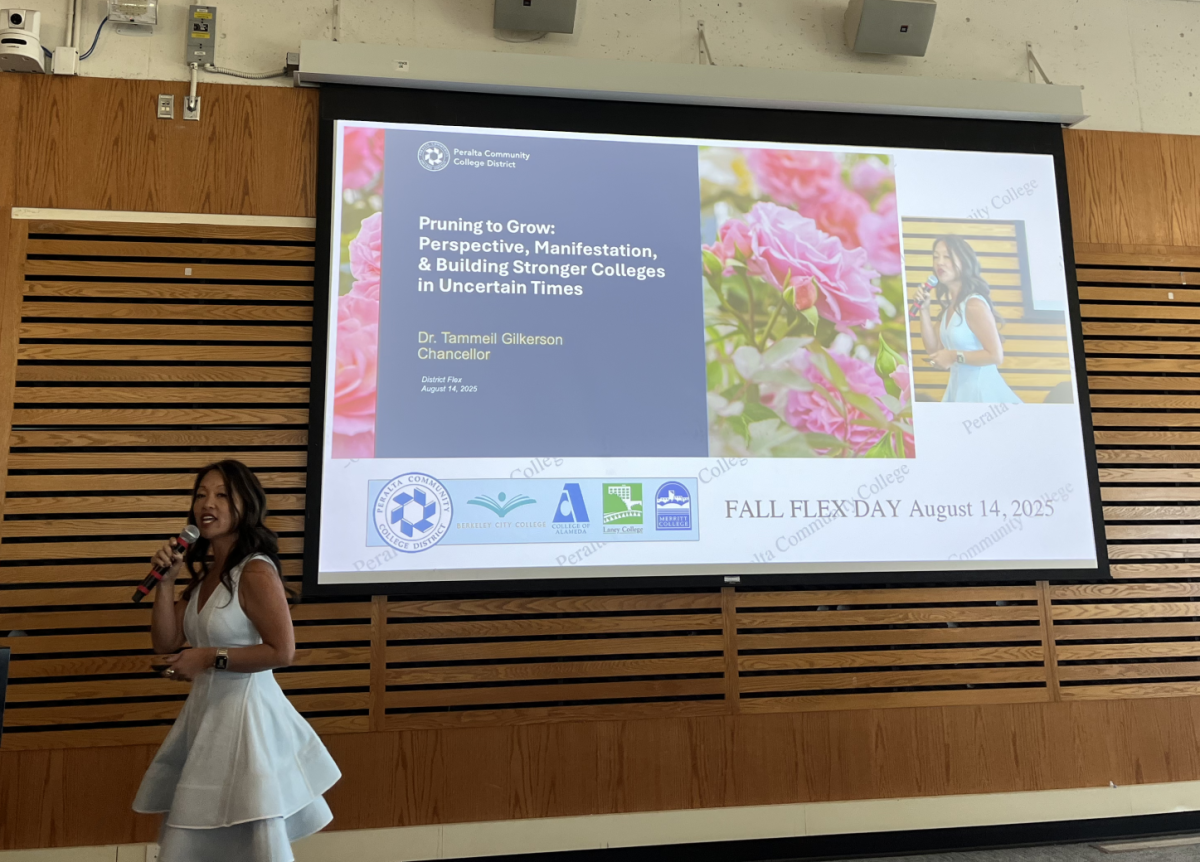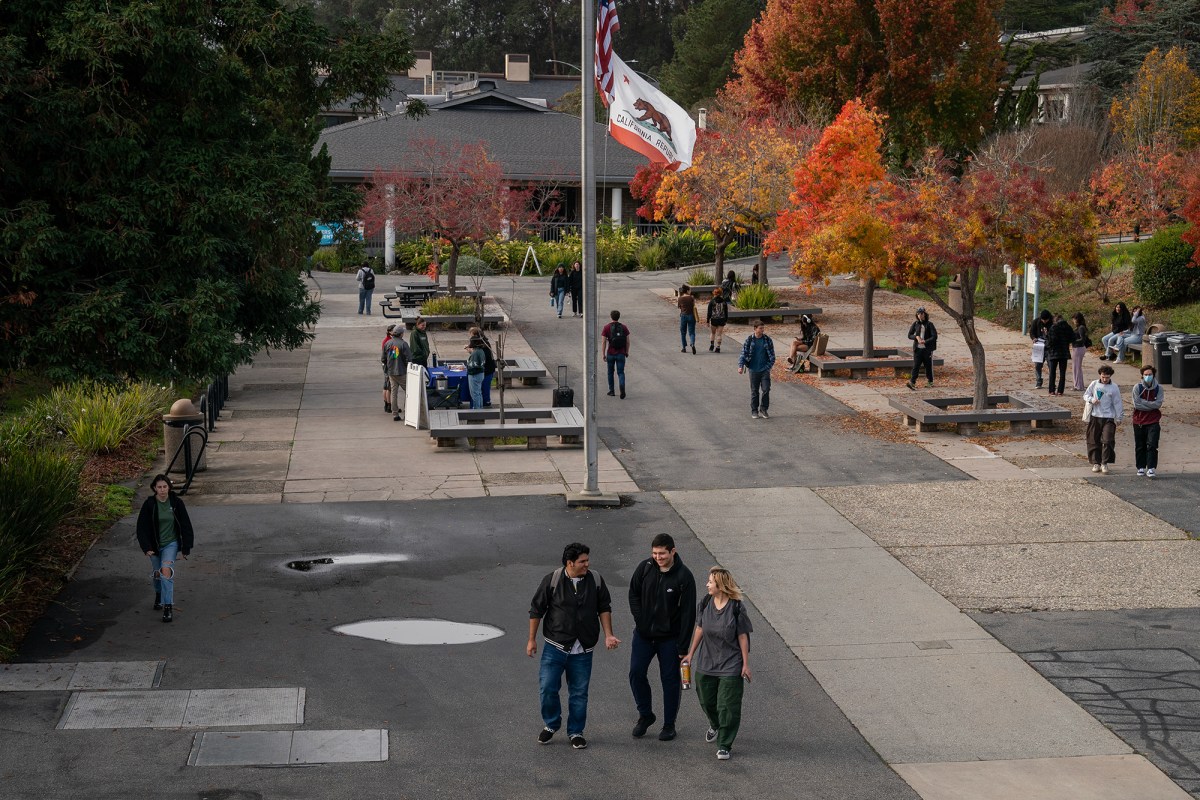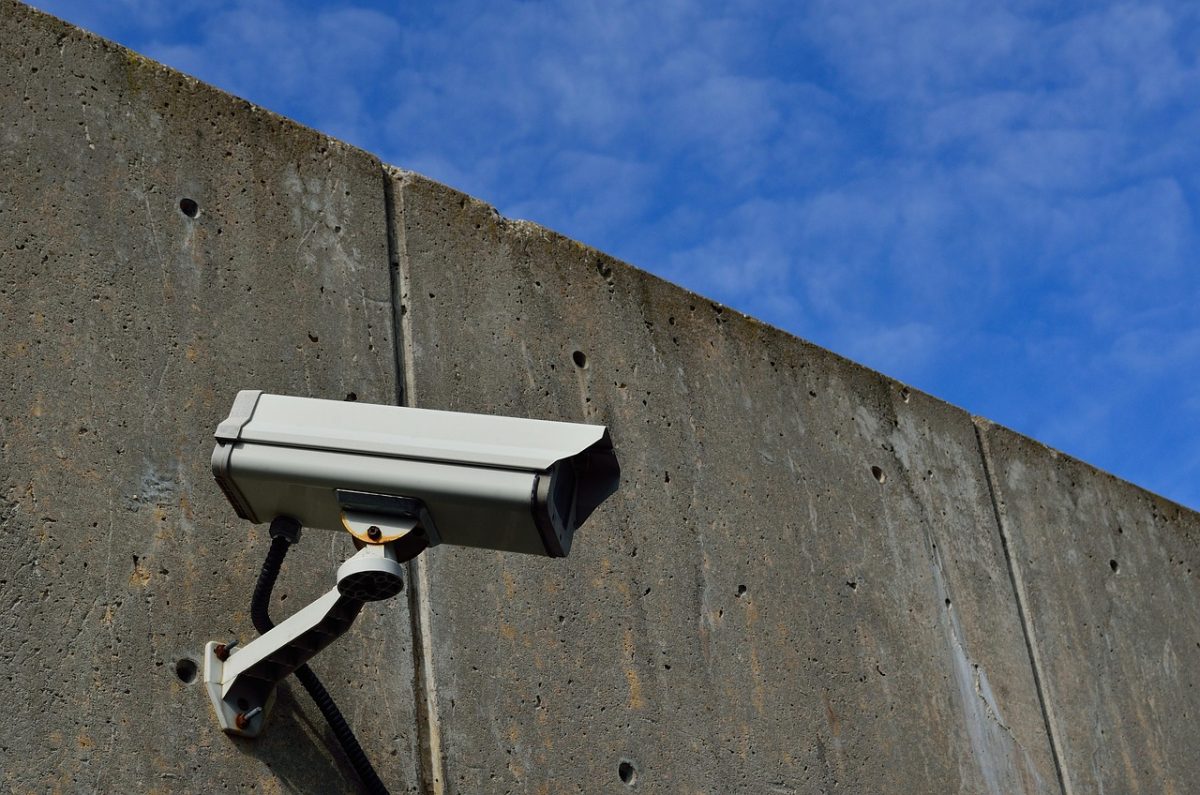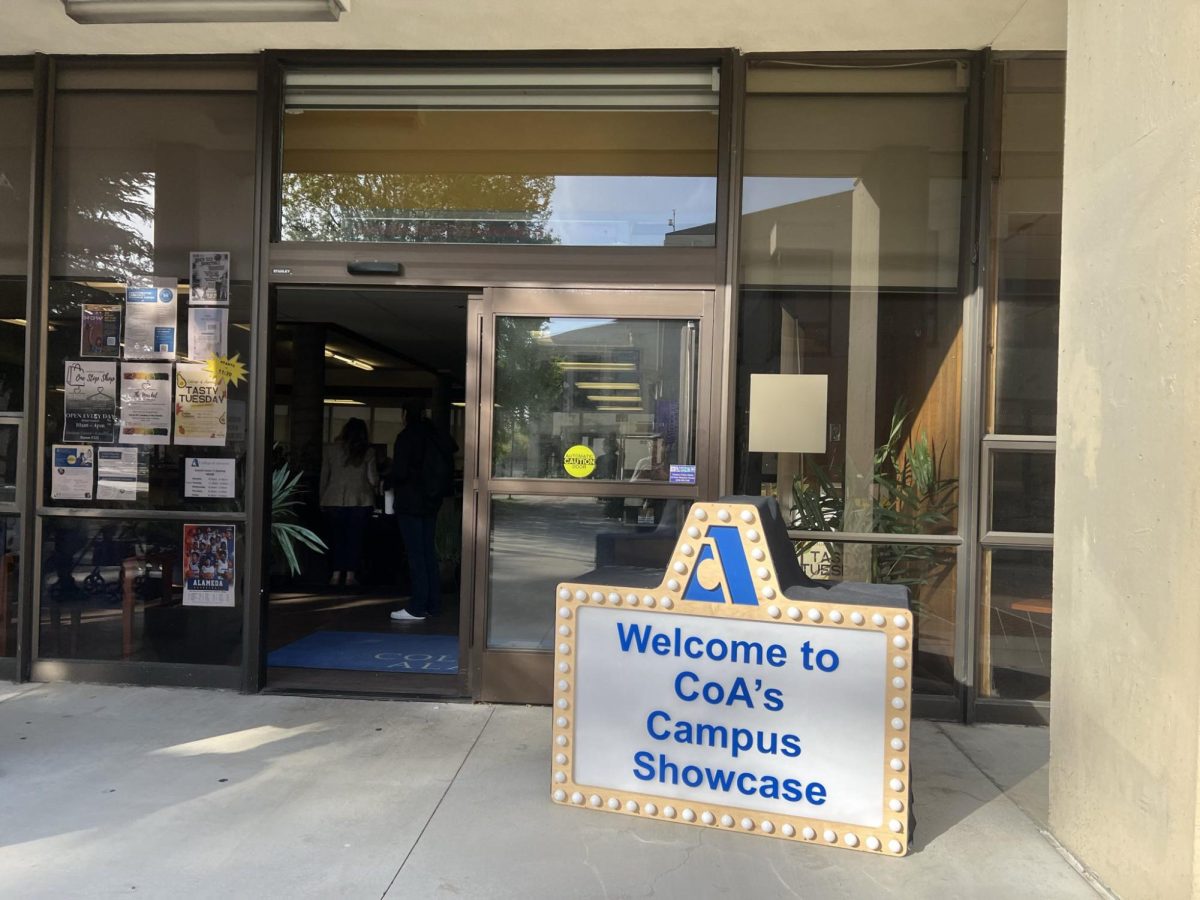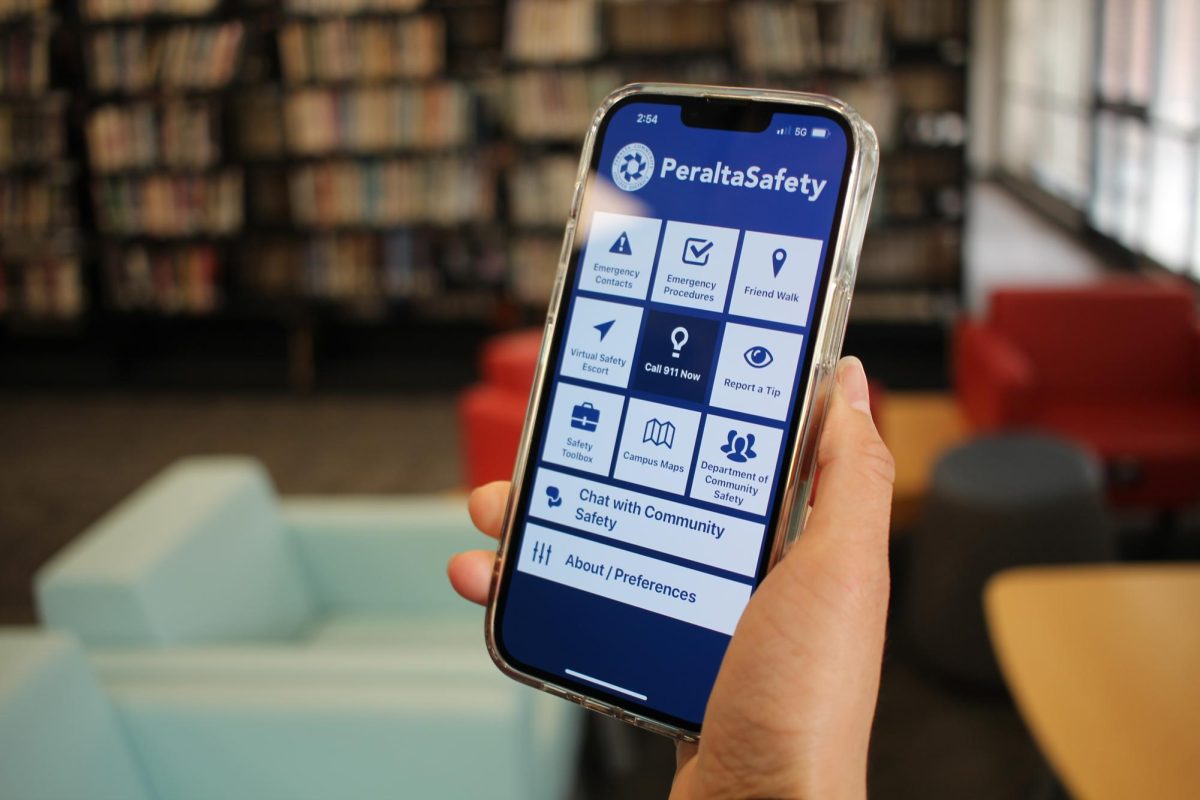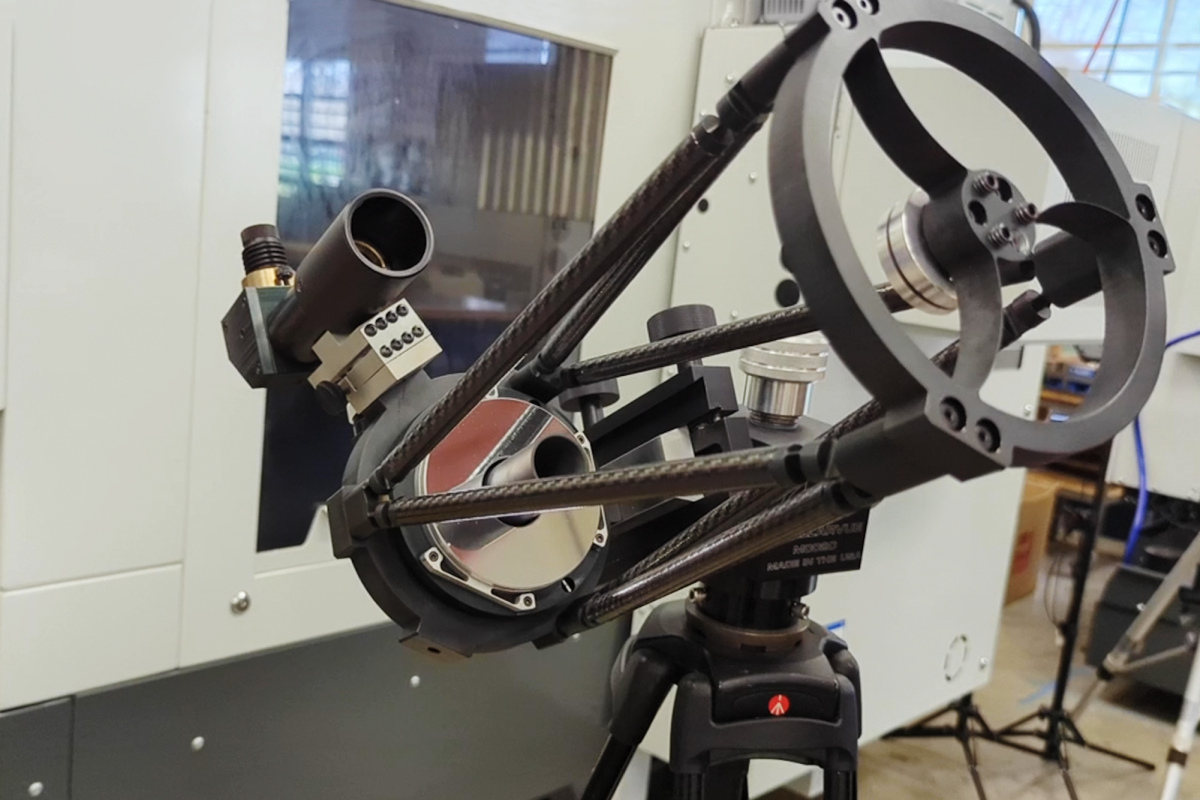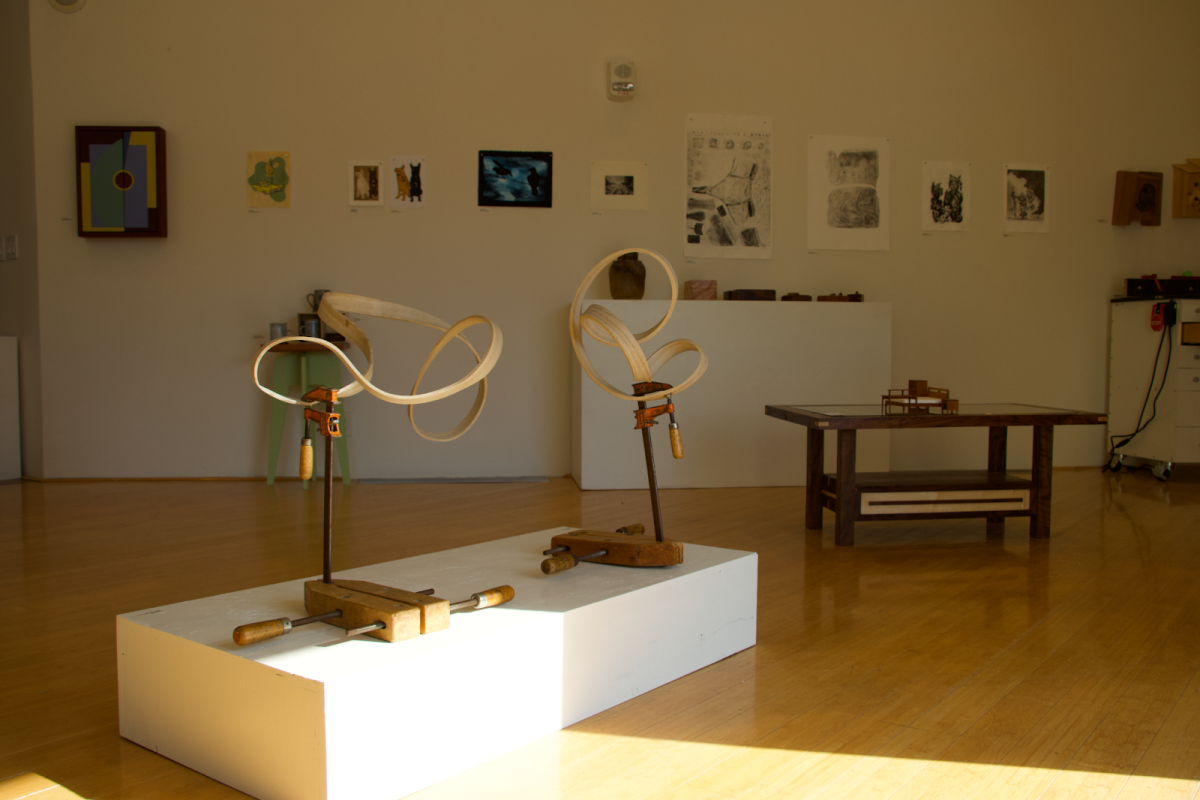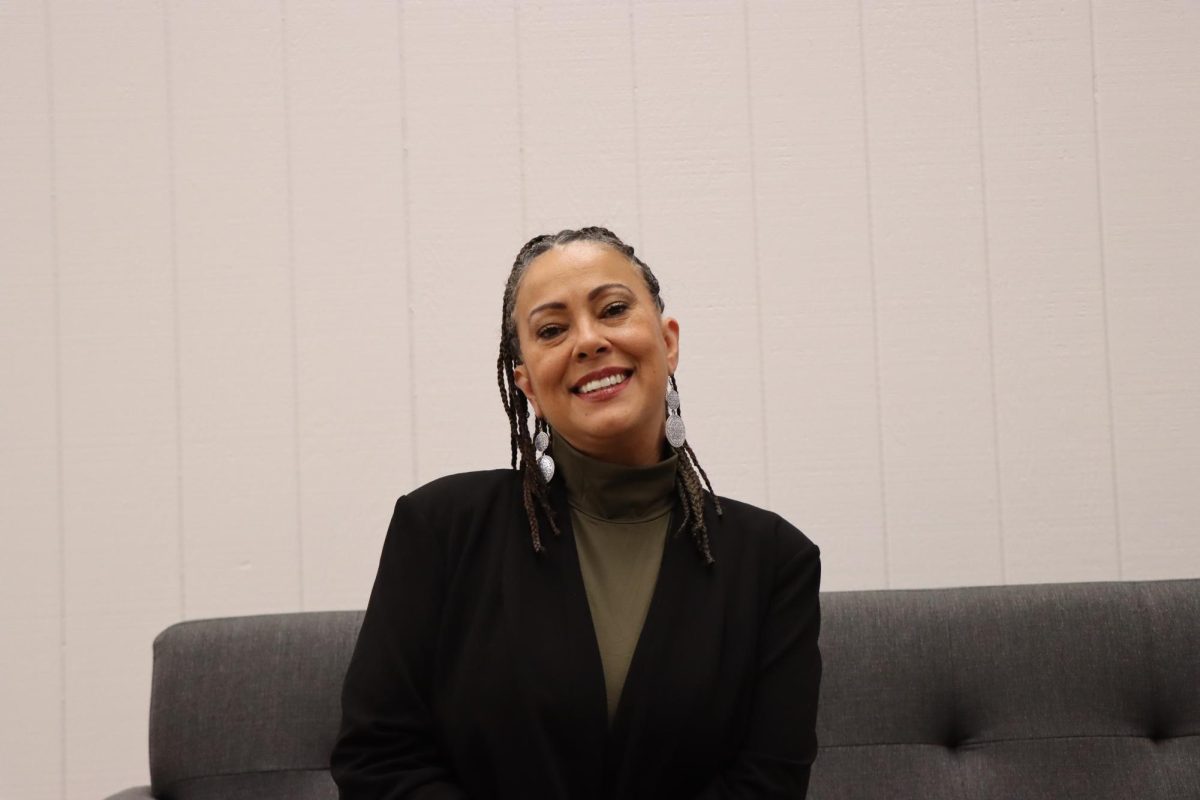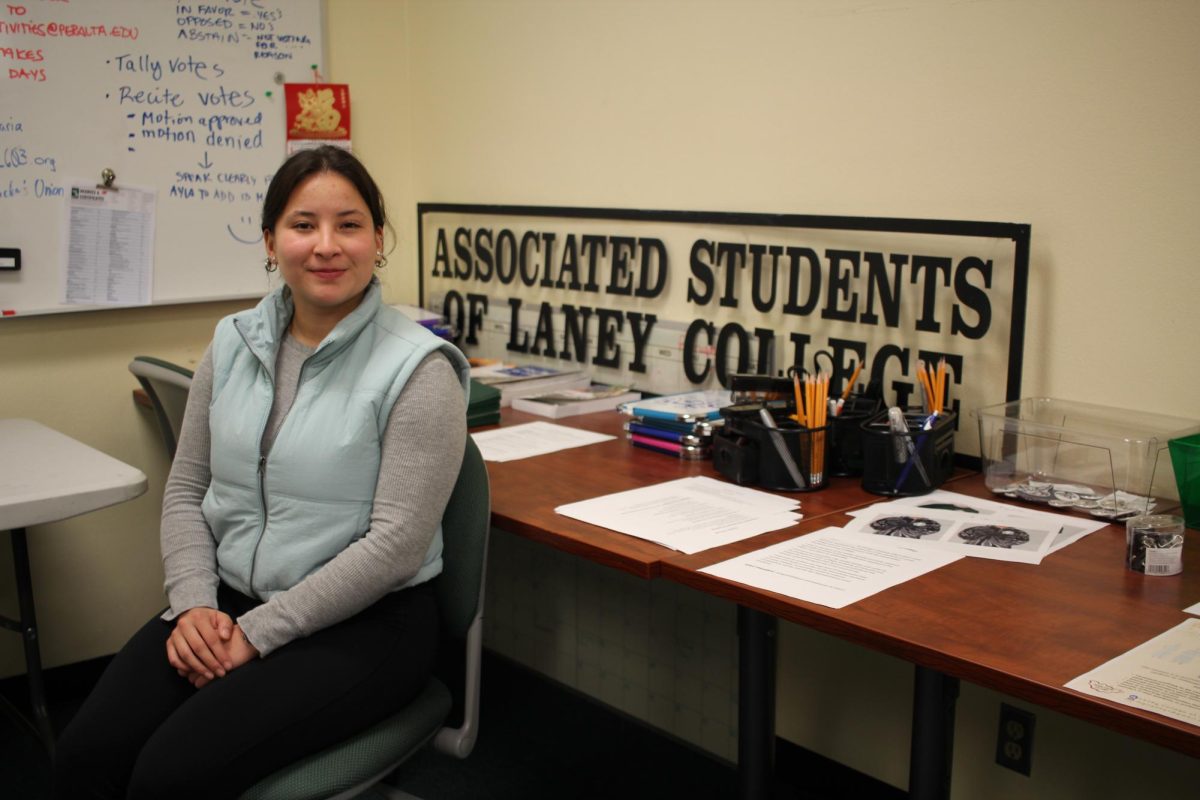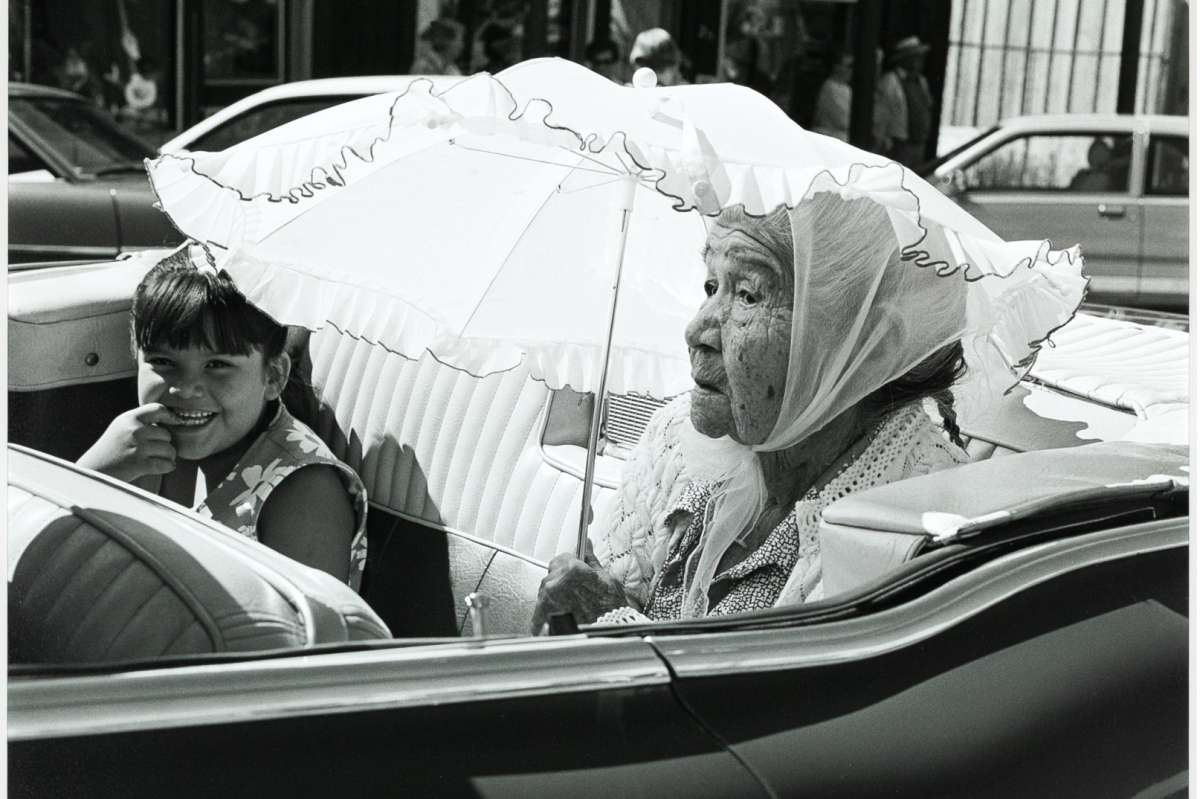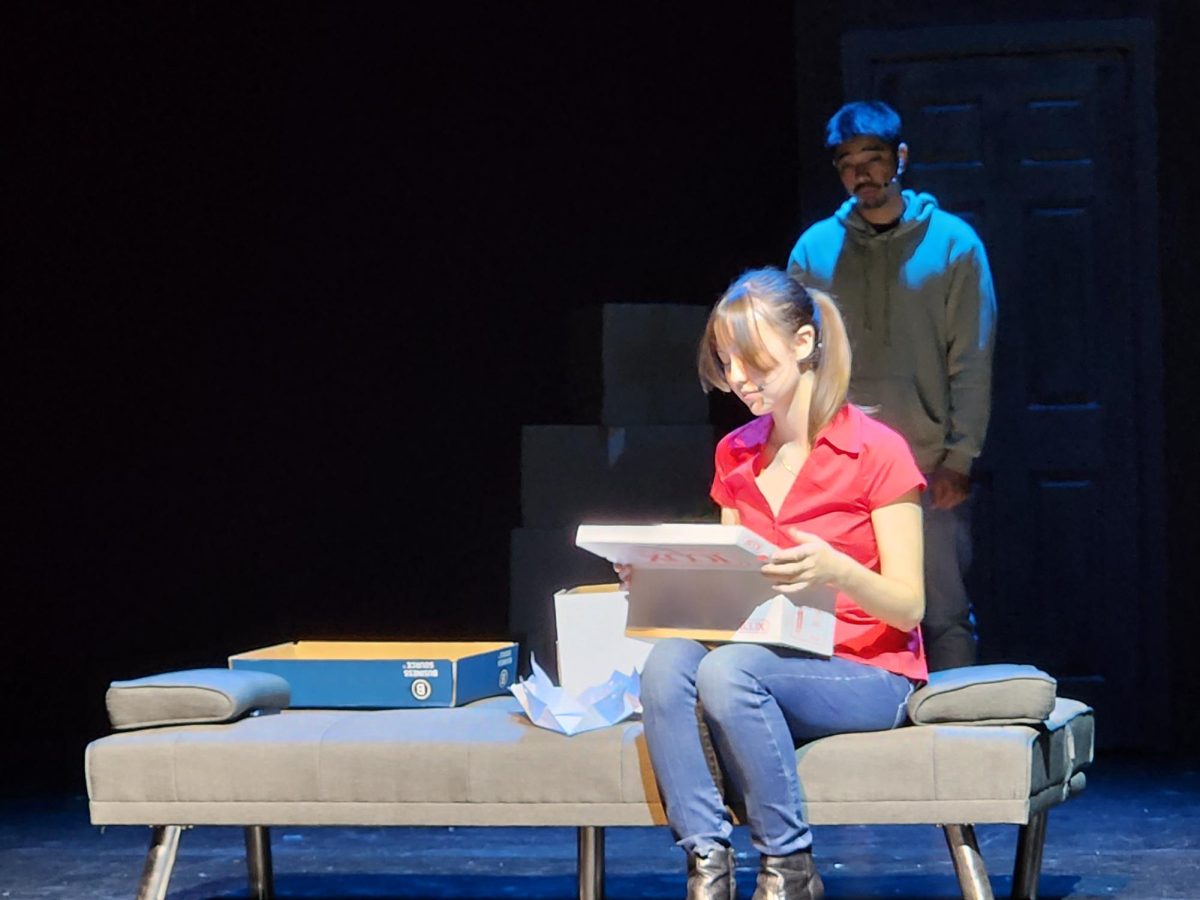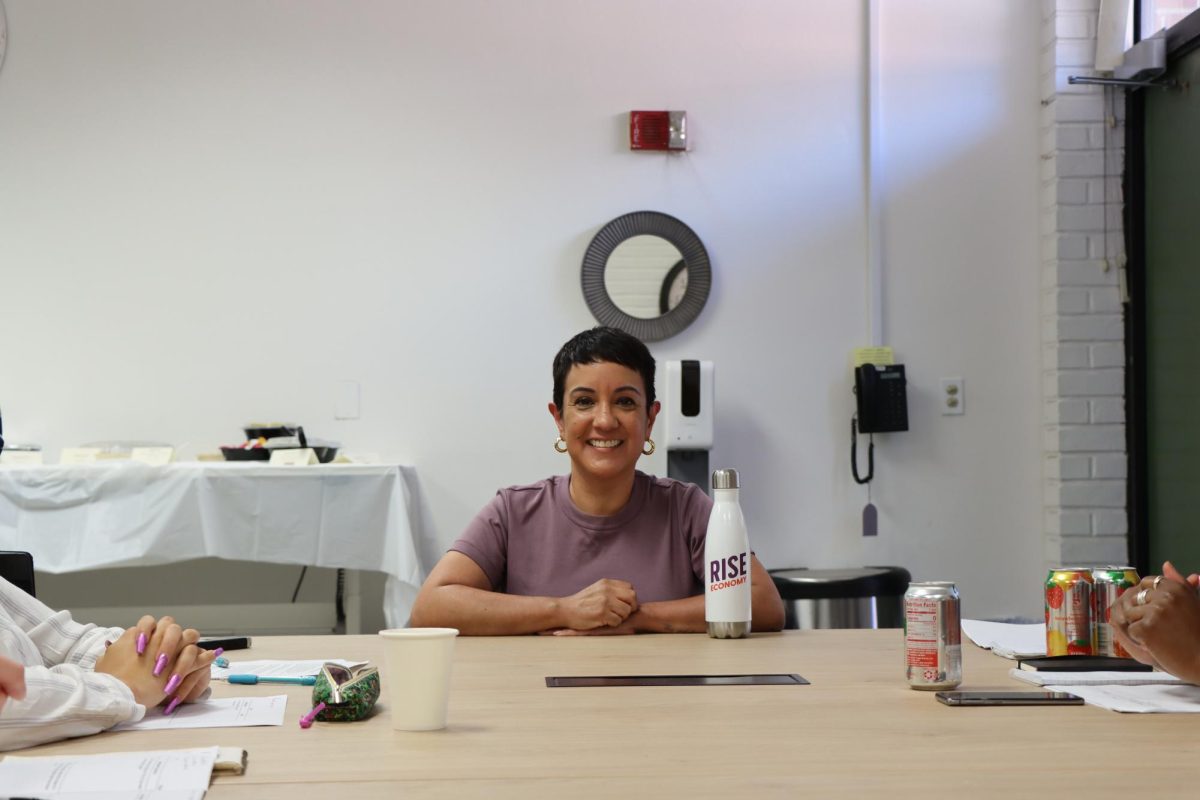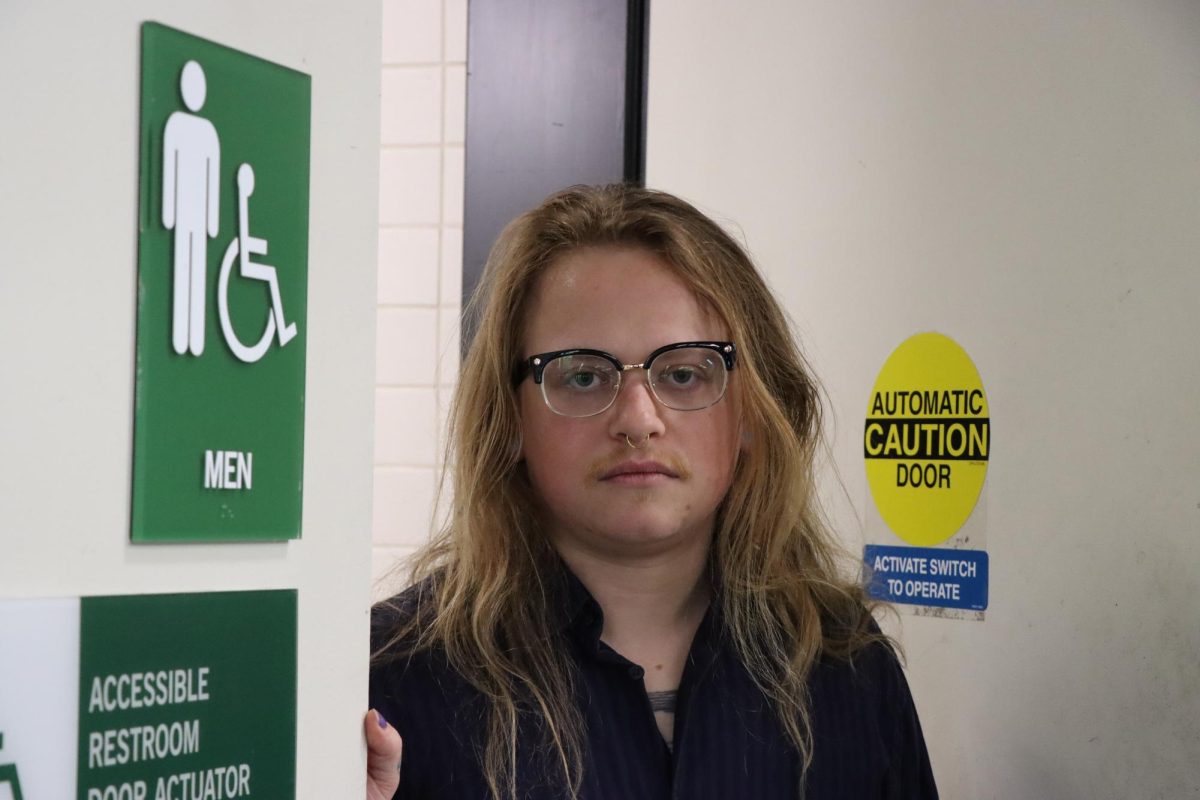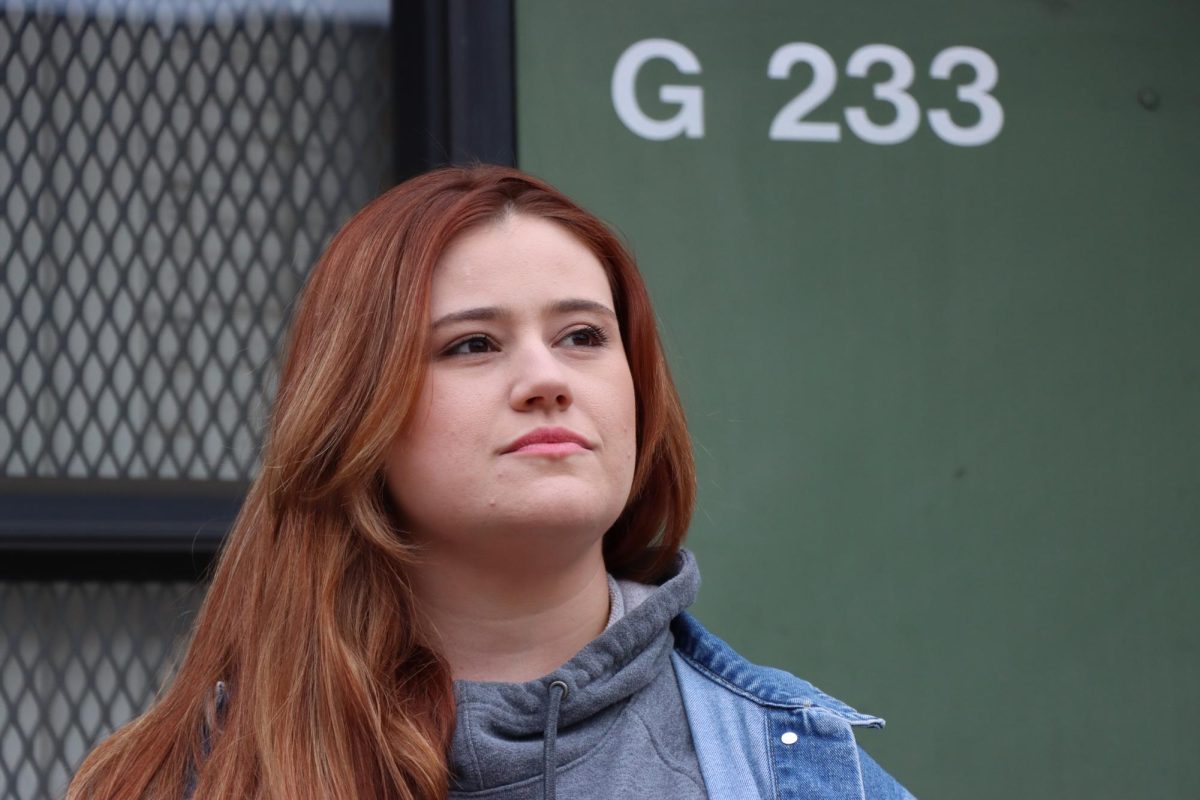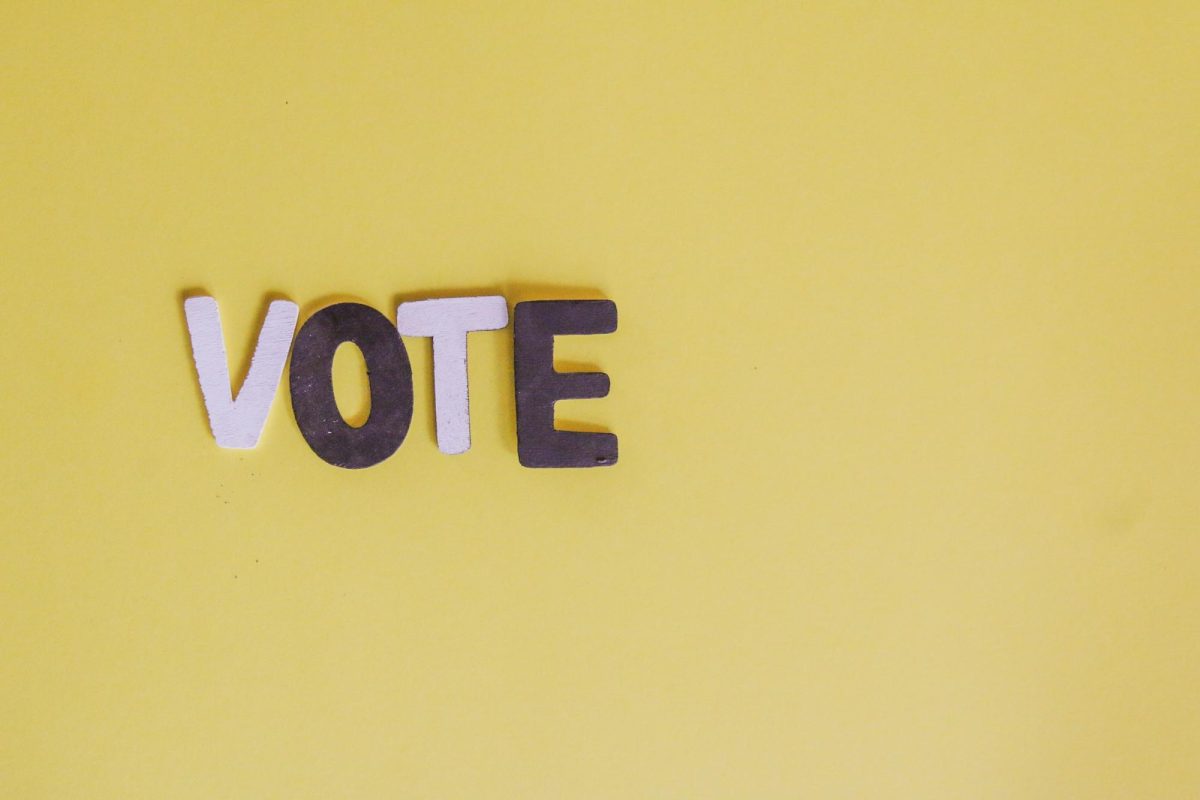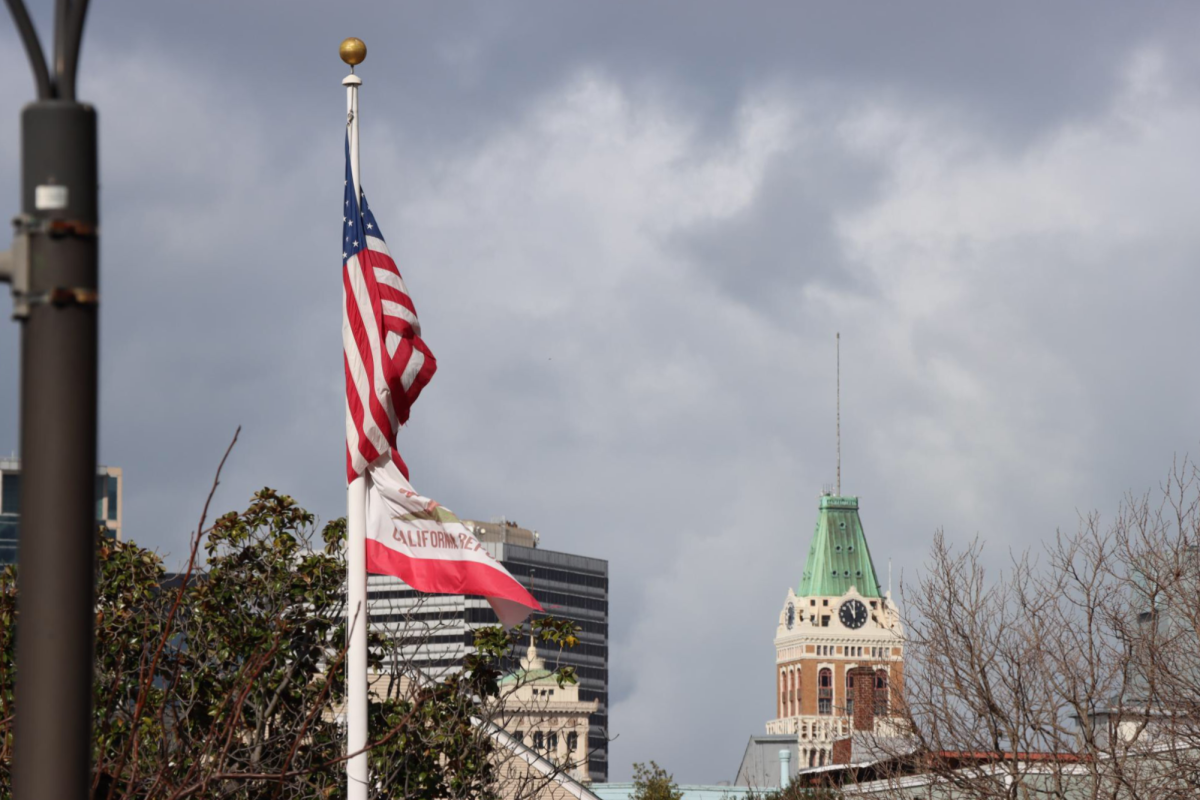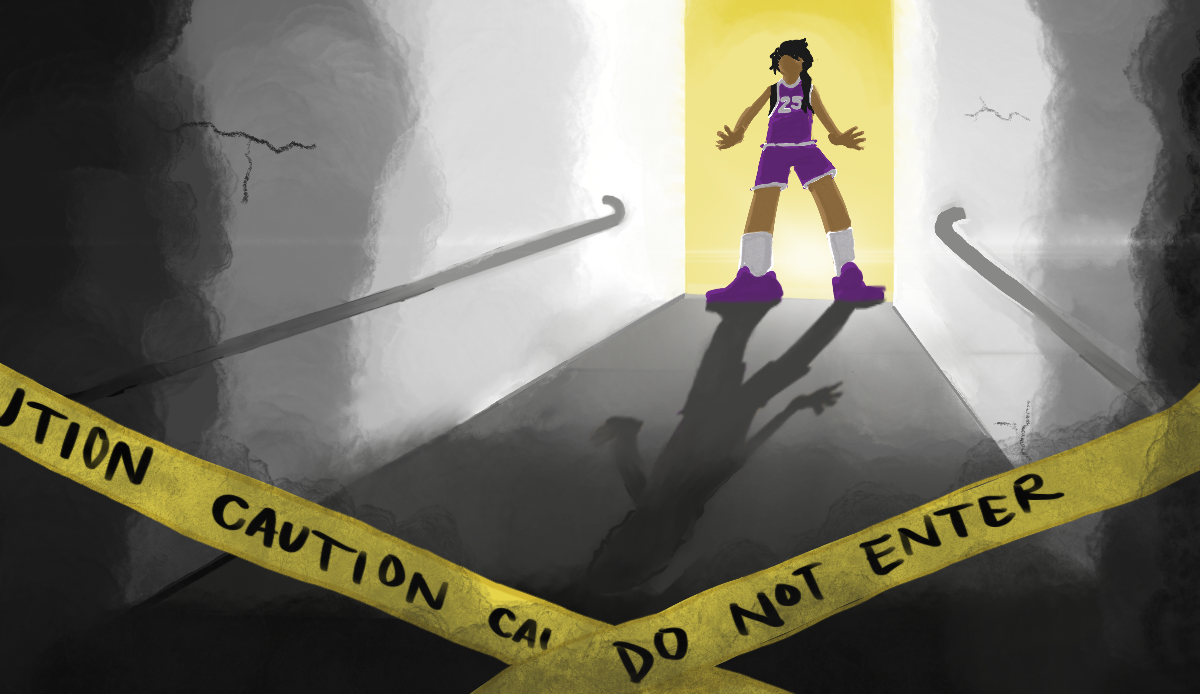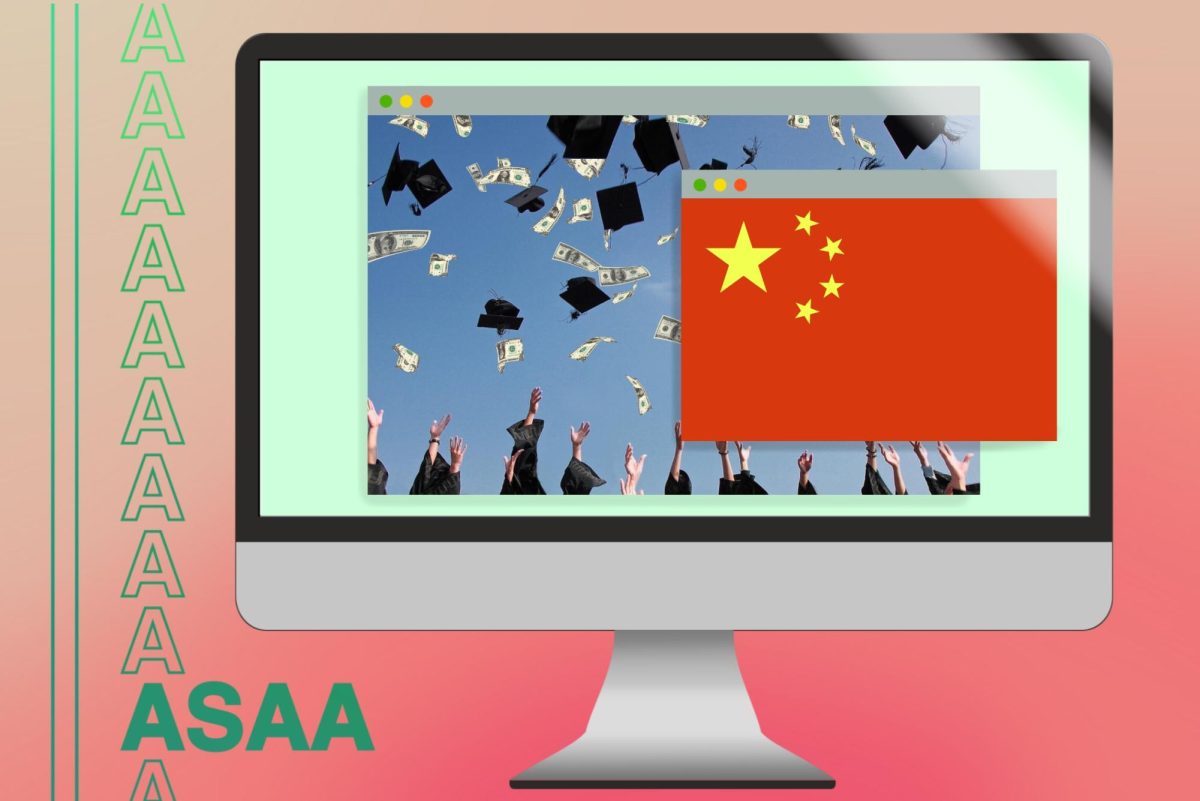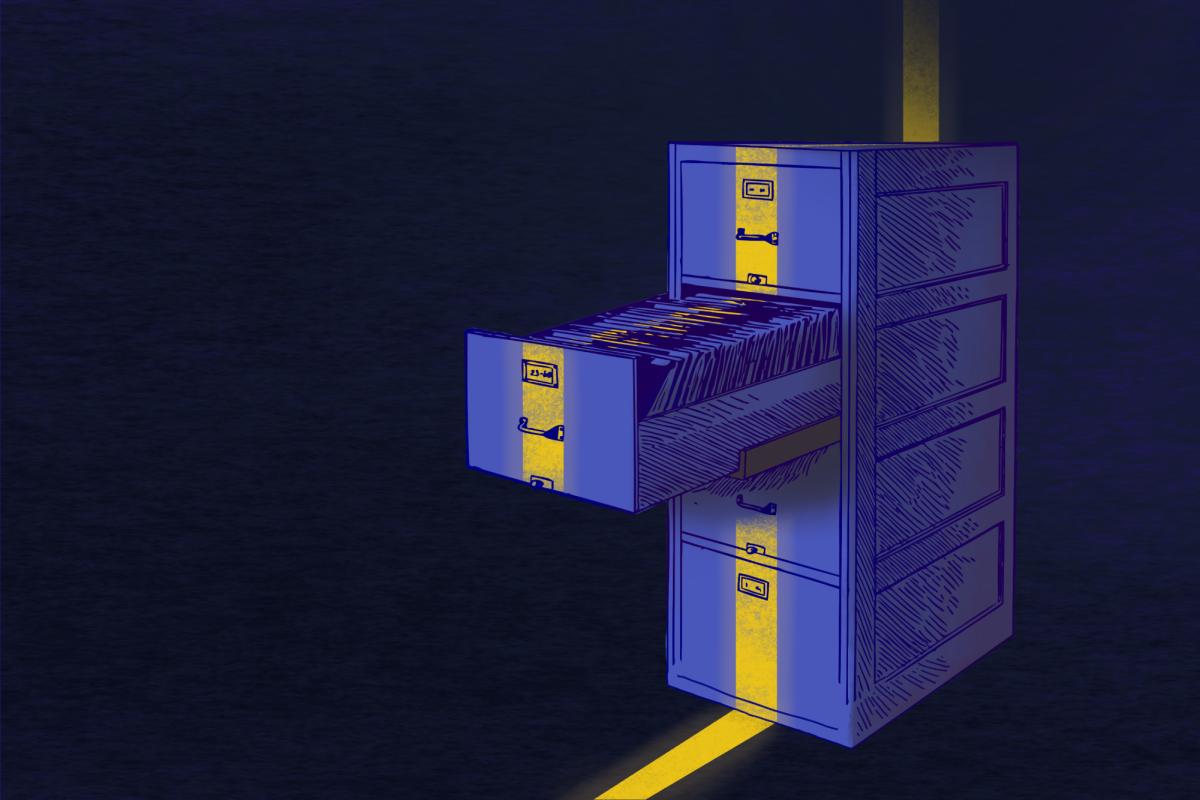
My bedroom, living room, and kitchen windows overlook Madison St. in Oakland, very close to the start of the city’s Women’s March. The morning of the March, a wave of women in pink “pussy hats” rolled toward Lake Merritt BART. It began at 8:30, when I awoke, and an hour later was going full force.
The streets I cross every day to get to Laney College, to BART, or to the lake were blocked off, now filled with a seemingly endless crowd of people, most of them wielding the most creative, clever, and funny signs I’ve ever seen at a protest.
There ought to be a picture book of all the best signs from the Women’s March. I saw next-level representations of the pink pussy hat: signs in the shape of a cat holding up a protest sign, and puns like “We shall overcomb,” and my personal favorite: “Tweet women with respect.”
There were also signs from women defending their bodies, and one that said: “Trump threatens everything fertile.” Signs said “No!” to a slew of oppressive moves feared from the Trump administration. Signs addressed Trump directly, warning him against minimizing their presence, or, as some signs put it, “Respect our existence or expect our resistance.”
To this effect, there were other literal warning signs for Trump with an emphasis on watchfulness, like “History has it’s eyes on you,” which I think displayed the main reason behind marching that day.
Some Trump supporters have condemned the Women’s March, whether they think it’s “so insanely stupid,” as former Major League Baseball pitcher Curt Schilling put it, or whether they just “didn’t see the point,” as Counselor to the president Kellyanne Conway stated in an ABC News interview the day after the march.
The march didn’t stop the Inauguration of Donald Trump. It came the day after he was inaugurated on purpose.
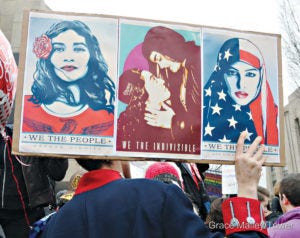
Increasingly, those of us who found Trump’s campaign disturbing and degrading are wondering how we will explain to future generations what happened. How can the young people who see Martin Luther King Jr. memorialized under the freeway on Lakeshore with his words, “To ignore evil is to become an accomplice to it,” understand what happened in this election?
My friend and fellow Peralta student, Kayla Ellenbacker brought her 7-year-old daughter, Noah, to the march. I asked Kayla why she felt it was important to bring Noah. “Because I’m a future woman!” Noah answered for her.
Her mother agreed, and added, “I just wanted her to remember, if just this once, that this many women across the country, across the world, came together, instead of feeling depressed or dark, they chose to feel empowered instead. Because I think we’ll all remember when Trump became President, and I just want her to remember this part.”
This, I think, is exactly why we marched.
We need our will to protect civil rights to show up in the history books. We need future generations to know that even though someone we perceive as a threat is in a position of power, we will not hand over our values. We need the fact that Trump was elected, along with the fact that the following day a protest of unprecedented proportion was held.
And I suspect we needed it for ourselves, too, because now when I cross the street towards school, or to get to BART, or toward the lake, I have the memory of that magnificent unified sisterhood, when nearly 80,000 people flooded our city’s downtown.
I have the memory of all the clever signs that showed that I am part of a huge family that is funny, talented, and most importantly, protective.
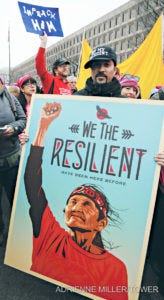
I will always remember Janet, in her screen printed jacket that said “Women of Steel” in a banner over Rosie the Riveter, flexing, and Janet’s sign: “I will fight like a girl for: immigrants, veterans, people of color, LGBTQ, women, organized labor, the arts, healthcare, reproductive rights, the disabled, the environment, freedom of religion, freedom from religion, You, Me, Us.”
Or signs that read, “Real men offer support,” and “Quality men don’t fear equality,” separating masculinity from anti-feminism.
I will always remember Shepard Fairey’s “We The People” poster series, which depict non-famous faces of vulnerable populations in the style of his “Hope” poster designed for Barack Obama’s 2008 campaign.
Commissioned by The Amplifier Foundation, a nonprofit “art machine for social change,” it includes an image of a Muslim woman wearing an American flag hijab, a Latina with a flower in her hair, and a young African-American woman with dreads.
I will always remember how these posters describe us, the people: “We the people are greater than fear,” “We the people defend dignity,” and “We the people protect each other.”
The march had power and the march had purpose, and even though Conway doesn’t see it, it had a point. What must come next, however, is action.
The protection promised in the march must show up when any of the groups on Janet’s sign become targeted.
We must remain diligent in being watchful of our new president and his administration, we must call our senators, and we must use the dormant power of united citizens, now awoken by the most beautiful of marches.

